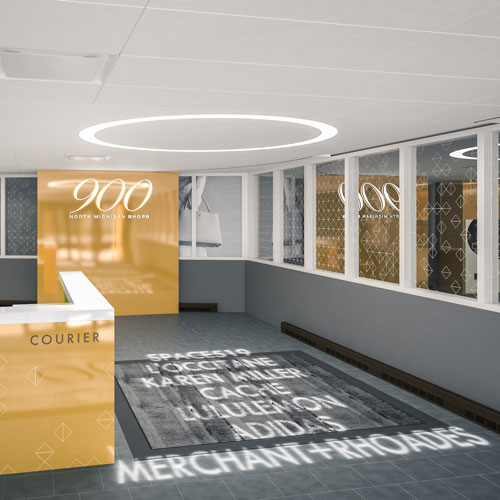Even in today’s progressive social climate, housing for the disabled can be hard to come by.
“We face two very difficult hurdles when looking for housing for people with intellectual disabilities,” says Robert Franco, director of construction and facilities for Mosaic, a faith-based organization providing services and housing to those with intellectual disabilities. “One is simply that most of the individuals have a fixed income and are unable to afford market-rate housing. The other is that some with disabilities require assistance—as much as two caretakers towards one individual.”
Add to these factors the special accessibility requirements needed to accommodate those with physical handicaps, and it becomes very difficult indeed to track down appropriate housing already on the market.
This is why Mosaic builds and renovates properties of its own, and for years it has relied on the government’s HUD housing program to fund its new residential projects and refurbishments for disabled individuals. Since the HUD program’s requirements changed, though, the organization has been forced to find different financing mechanisms to continue providing specialized services and safe, quality, affordable housing for the people it serves. Recently, in the economically depressed city of Elkhart, Indiana, the organization’s creative money-gathering took the form of a three-way partnership that proved not only effective but educational.
To kick off the project, the local agency served by Mosaic in Indiana teamed up with the City of Elkhart to build a house in the distressed downtown historical district. The residence was to provide housing for five disabled men while also restoring some vitality to the depressed area.
The city connected Franco with architecture professors Ron Sakal and Sallie Hood from Notre Dame, who had already done some development work for the historical district and were versed in the area’s special regulations and building codes. Together, they formed a team that, along with the graduating students in the Notre Dame architecture program, designed the special-needs group home with sustainable elements.
Due in part to the potential positive impact of the partnership between the City of Elkhart, Notre Dame, and Mosaic, Federal Home Loan Bank awarded Franco’s team $400,000 to build the home to fit the historical district’s guidelines. That money fell through when the state temporarily withheld the building permit for the project, but Franco and his partners, undeterred, resubmitted their grant proposal to the bank as soon as the state gave the green light. “This time, we got the grant for $500,000,” he recalls happily.

With the help of an architect, city officials, and another graduating architecture class at Notre Dame, Mosaic completed construction of the home in March 2014. The organization held an open house after residents moved in, and all who worked on the project came together to share their experiences and meet the men whose home they had built and designed. “The response from the residents and their families was amazing,” Franco says. “It made it worthwhile at end of the day to go through all the applications and permitting hassles.”
The calming design of the house has helped its residents adjust to their new environment and sparked a rebuilding boom in the surrounding community. “People are buying and renovating old homes downtown in large part, I believe, because we jumped in and were the first ones to build in the historical district,” Franco says, noting also that a community garden has popped up near the group home.
Creative funding and partnering is opening up new opportunities for Mosaic as it continues to create meaningful change in caring communities. “I feel very passionate about what I do and our mission, our cause,” Franco says. “The testimony of the residents and the staff of the agencies is the most rewarding part of my job.”


